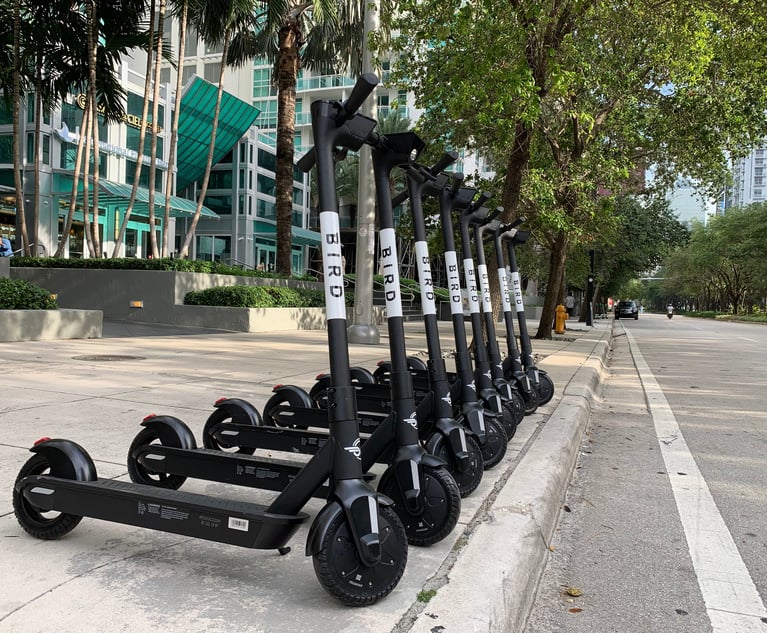In March 2020, as COVID-19 spread and the quarantine began in earnest, it became clear that in-person depositions in federal civil cases could not proceed in the normal course. Even aside from the travel difficulties and “stay-at-home” orders, it was too risky to gather multiple people in close proximity in a conference room for 8 to 10 hours to conduct a traditional deposition. In many cases, depositions ground to a halt. But clients and their attorneys quickly began to adapt to the “new normal” and sought ways to advance their federal cases.
Video depositions were the obvious path forward. Of course, remote depositions are not new. The Federal Rules of Civil Procedure formally authorized telephone depositions with the 1980 amendments. Then, the Federal Rules were amended again in 1993 to include depositions by other remote electronic means, including for example by “satellite television.” But, in the decades since then, video depositions were rare—and very much the exception rather than the rule. The technology never seemed to work well, hardcopies of exhibits had to be sent in advance, which was burdensome and risked tipping-off the other side, and the blurry video images and sketchy video feeds were a poor substitute for taking live testimony.


 Photo: Fizkes/Shutterstock
Photo: Fizkes/Shutterstock




